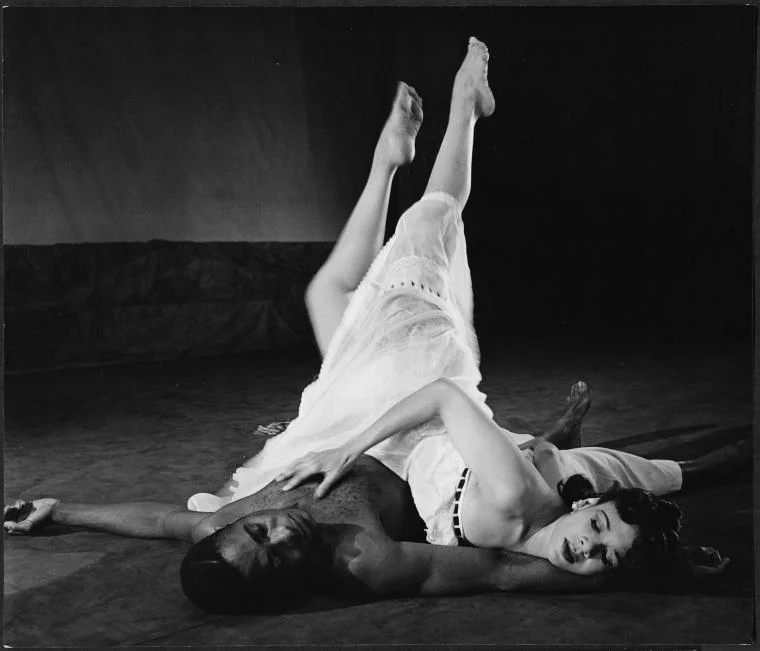Huffington Post's Black Voice: This Digital Platform Is Highlighting The Forgotten History Of Black Ballet
Many people may see the rise of black dancers like Misty Copeland, Olivia Boisson and Jasmine Perry as a new phenomenon. That couldn’t be further from the truth.
Dance instructor Theresa Ruth Howard saw a void in available information about the black trailblazers of ballet. So she created Memoirs of Blacks in Ballet (MoBBallet), a platform that highlights the work of black dancers past and present.
“The contributions and achievements of black ballet dancers have always been poorly documented and preserved, to begin with, having never enjoyed equity of importance or reporting,” Howard told The Huffington Post via email, noting that there has recently been “an erasure of the actual history and legacy of black ballet dancers.”
“There was something in the present-day narrative that was myopic, a single story that was not reflective of the fact that there have been [black] ballet dancers in America for decades,” she continued.
MoBBallet includes an interactive timeline tracing significant events in the history of black ballet starting at 1919. In addition, Howard is using a $50,000 Knight Foundation grant to create an online exhibition of some of Philadelphia’s first black ballerinas, including Joan Myers Brown, Delores Browne and Judith Jamison.
The Philadelphia native said the fact that these and other dancers (such as Christina Johnson, Lowell Smith and Donald Williams) and primarily black institutions that fostered their careers (e.g. the Dance Theatre of Harlem) go overlooked is “insulting” and “makes the cannon itself incomplete.”
“There is ‘American history’ and then there is ‘black history’ when in truth it is one and the same,” Howard told HuffPost. “When you look at the contributions of black ballet dancers ... in the macro ... it explains a great deal about why there are so ‘few’ black ballet dancers and ... will evoke a greater amount of respect, understanding and appreciation for what has been accomplished in the face of things like the legalized oppression, segregation and systematic exclusion.”
Howard, who’s an alumna of the Dance Theatre of Harlem, said that she hopes MoBBallet can help to create the next generation of black ballet dancers while ensuring their contributions don’t get erased.
I wanted to show that black ballet dancers are not unicorns, there is not just ONE, there are hundreds. I wanted to make the invisible visible.Theresa Howard, curator of MoBBallet
Howard and her advisory board are taking steps toward this goal by featuring black dancers and trainers on a crowdsourced list titled “Roll Call,” which currently highlights 301 artists. Howard said she will also be presenting video profiles of dancers, teachers and directors.
“I wanted to show that black ballet dancers are not unicorns, there is not just ONE, there are hundreds. I wanted to make the invisible visible,” she said.
Through history lessons, digital exhibits, Roll Call and an e-magazine, Howard would like MoBBallet to be a source of inspiration and conversation that leads to a better representation of black dancers in the world of ballet.
“The beauty in the true and full legacy of black ballet artists is that EVERYONE and EVERYTHING is represented, from fair skinned to dark chocolate, short, tall, thick, svelte, muscular to delicate,” she said. “When you look at the spectrum you can find someone who looks like you, hence someone to identify with and aspire to.”
Howard said that if this part of history is more widely acknowledged, it “could change the perception of who does ballet, who should do ballet and what ballet looks like.”
This article was originally published on Huffington Post's Black Voices and written by Taryn Finley.



